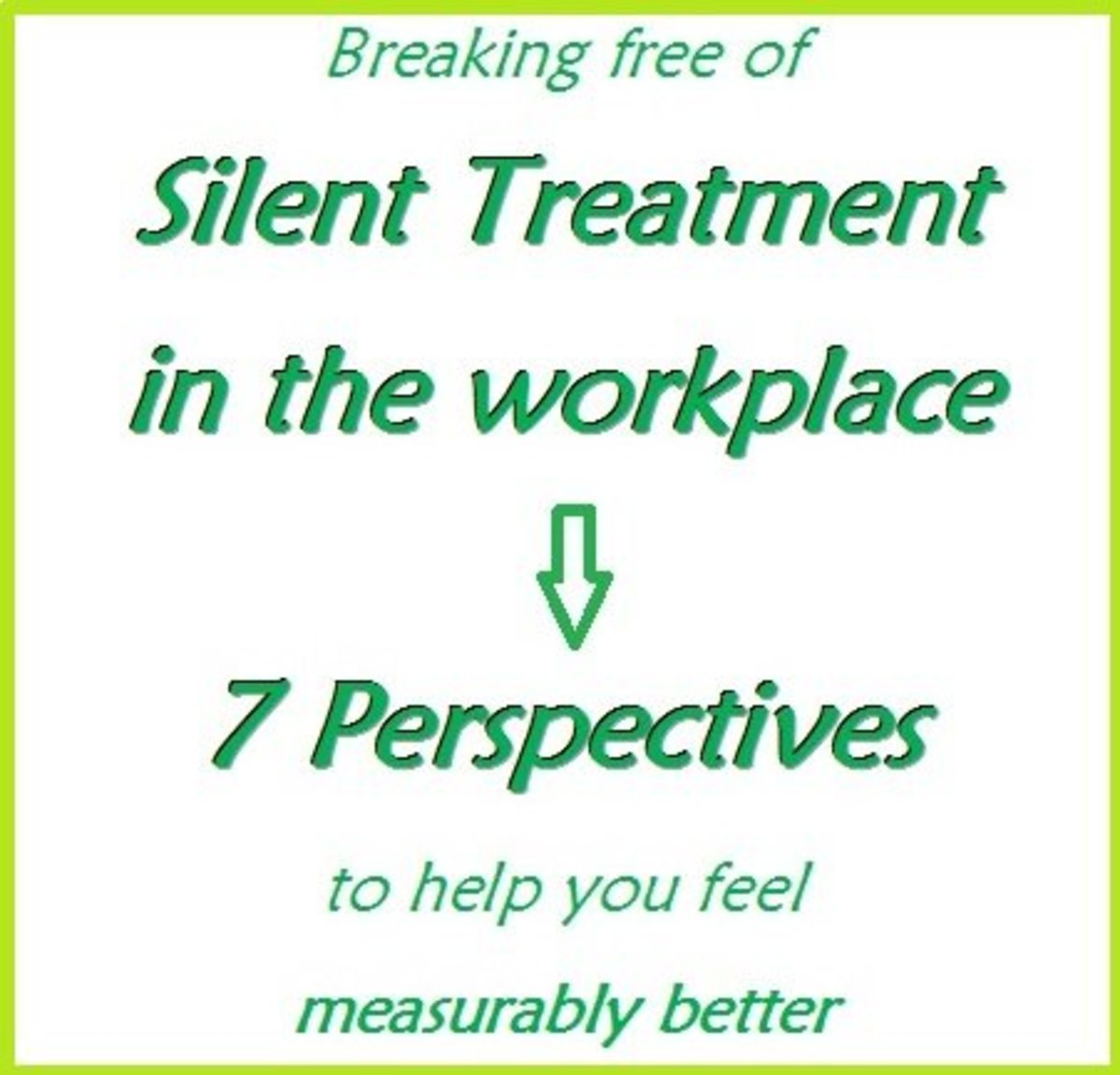Tips on How to Deal with Difficult People At Work
Your search for your very first job after graduation is finally over. You got that sought-after phone call from your employer saying, “You’re hired.” On your first day at work, your co-workers gave you a warm welcome. They all seemed to be friendly, approachable and easy-to-get-along with. But days passed by, you soon feel being uncomfortable with some difficult people at work. Some are negative, sarcastic, gossipy, backstabber, bully, and the like. Your first impression of a conducive working environment became a suffocating one for you. The thought of resigning becomes an option. But, you have to realize that in every workplace there will always be these kinds of difficult people at work. Here are some tips to help you survive dealing with difficult people at work:

1. Practice self-awareness.
You can whine all day and blame the difficult person at work for making you feel upset or offended. It would be a waste of time and energy to put all your attention to that person. If you do this, you unknowingly become his victim. Remember that you cannot change this person you can only change yourself – how you interact or respond with him. You should shift your focus on yourself and ask what makes you feel uncomfortable being around this difficult person. Does this person take the credit for your work? Does he act like a know-it-all? Does he complain about his work all day? Once you become aware of your emotions towards this person, you will become more composed and sane while being around him at work.
2. Learn the art of assertiveness.
Sometimes, you can shrug off a slightly mean joke or an inappropriate remark. Sooner or later, you realized nasty rumors about you are already circling around the workplace. You then lose the respect of some of your co-workers. This shows that it’s best to confront an issue while you can still correct it. You can quickly respond to a mean joke by saying “What did you mean by that_____.” Look at him straight into the eye in a confident yet calm manner. Learn to assert your right to be respected. This sets the ground rules that you do not like to be talked to in that manner.
For the gossiper or bully at work, you can have a frank conversation with him. Tell him, “I felt disrespected when you _________ .” No one can argue with your feelings. It would be best to document every behavior and actions this difficult person caused you. Keep important documents and transactions made with him. These will serve as evidence if that person belies your accusations or pretends that it didn’t happen. You can also seek help from the Human Resources department or your trusted boss.

3. Set boundaries.
You should learn how to set boundaries and be not a doormat in the office. Learn to speak up because your co-worker might be insensitive to the non-verbal cues you are showing – smirk, raised eyebrows, crossed arms, etc. You can say in a calm manner that you do not like your office supplies being borrowed without your approval or that a loud music interrupts you at work. He wouldn’t know unless you tell him.
Also, you have to physically distance yourself from that difficult person. Find a better seat than be next to him during the meeting. If you can be involved in other projects than be with that person, do so. If you can avoid going for an overtime, then it would be better.
4. Keep a positive attitude.
You definitely do not want to be perceived as a complainer or trouble-maker in the workplace. As Mahatma Gandhi says it, “You must be the change you want to see in the world.” Still be willing to participate or pitch in your ideas during meetings even if someone takes credit for you idea. This is to show that you have the best interest of the team – you want all of you to succeed.
You can also try to look at things at a different perspective. Maybe the difficult person at work is having financial or family problems. Maybe that person did not intentionally forget to mention you to your boss of your contribution to the project. Maybe he was feeling bad at that time. Give them another chance to prove that their actions towards you weren’t intentional or deliberate.

5. Focus on excelling.
You should learn to detach yourself from all the difficult people at work. Once you do, you can begin to focus on doing your job excellently. You do not have to involve yourself in every drama that your co-workers are putting up. Remember that you also have work you must excellently do, a family to feed and a dream you want to fulfill. You do not have to be friends with everyone. You accept the diversity at the workplace. You are now in control of your emotions and actions towards your co-worker. You now know how to play the game while being focused on your work.
6. Find a support group.
Find people at work who share the same values and beliefs that you have. Establish a good relationship with them to whom you can confide your issues at work. They can provide you with a sound advice. Try to also talk about good things. Learn to laugh and find humor in other things.
Also, find support from your family or friends outside work. Spend time with them doing the things that you enjoy – nature trip, travels, sports, etc. As a proverb says, “All work and no play make Jack a dull boy.” It’s not healthy to just think about work. It will make you feel drained and exhausted. You should learn to establish a work-life balance. It’s important to relax and do the things that will make you feel recharged. You will carry on this positive vibe to work that will hopefully dispel the negative atmosphere at work.
Getting a job can be challenging but staying on the job is much more challenging. Remember that you cannot control a difficult person, you can only control yourself. Be aware of your emotions at work. Stay calm and be objective. Assert your right and build boundaries as the need arises. Maintain a positive outlook in the face of a difficult person or situation. Do your job because at the end of the day you will are expected to produce an excellent output. Find people who can make you feel valued at work. Don’t forget to establish a healthy life-work balance.










